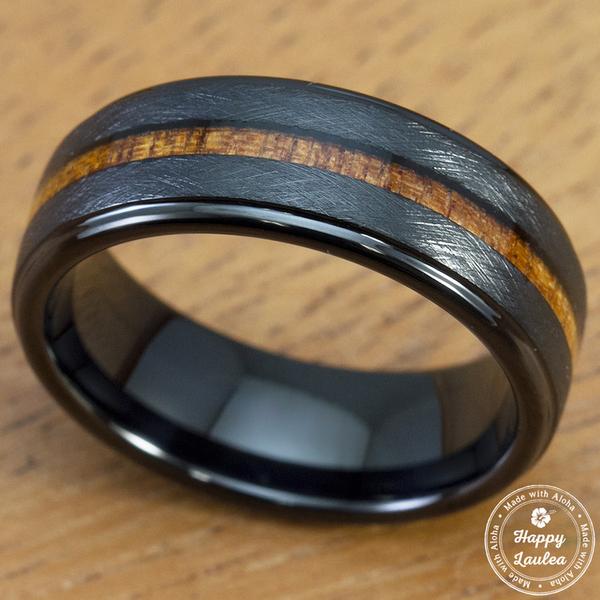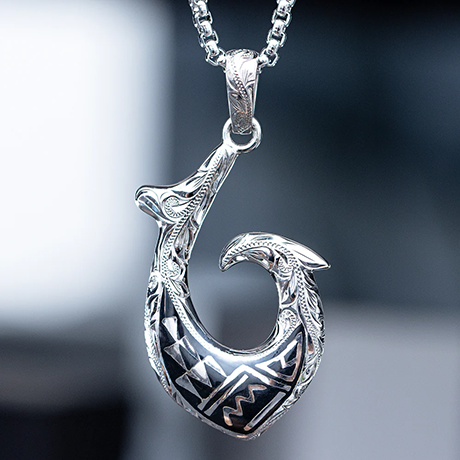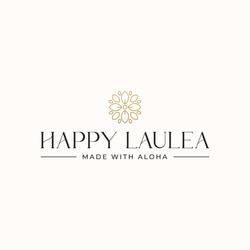Article: Titanium vs. Tungsten: Which ring is best for you?

Titanium vs. Tungsten: Which ring is best for you?
Choosing a ring metal, whether for a wedding band or everyday wear, can be an overwhelming decision. Two popular options are titanium and tungsten. Both offer unique advantages and disadvantages, so the best choice depends on your individual needs and preferences. Let's delve into some key comparison points to help you decide.

1. Strength & durability
What’s stronger: Titanium or tungsten? While both metals are renowned for their strength, there are some notable differences to consider.
Tungsten is the undisputed champion of strength, boasting a Mohs hardness rating of 9–9.5, which is only slightly lower than 10-rated diamond. This exceptional scratch resistance makes it ideal for active lifestyles where the ring might encounter bumps and scrapes.
Titanium, while not quite as scratch-resistant as tungsten, still offers excellent durability with a Mohs hardness rating of 6-7. This is significantly harder than traditional metals like gold (Mohs hardness of 2.5-3) or silver (Mohs hardness of 2-2.5).
2. Weight
What’s heavier: Titanium or tungsten? Titanium and tungsten carbide rings are at opposite ends of the spectrum when it comes to weight. Here’s how they compare:
Titanium rings are lighter than tungsten. The lightness of these rings means they’re incredibly comfortable to wear, making them a great choice for those who don't like bulky jewelry.
Tungsten rings are noticeably denser and heavier than titanium. Some prefer the substantial feel, while others may find it cumbersome.
3. Style & appearance
Both titanium and tungsten are popular choices for rings due to their attractive appearance. They offer a sleek, modern look and come in a variety of styles. But while they may seem similar at first glance, there are some key differences to consider when making your choice.
Titanium offers a natural, slightly lighter gray color. It can be brushed or polished for a classic or contemporary look. Additionally, titanium can be treated or anodized to create a wider variety of colors, including black (often referred to as black titanium).
Tungsten typically has a darker gray or even a near-black color. Similar to titanium, it can be finished in various styles. Due to its hardness, it's more challenging to create intricate designs, however, it is possible as shown in the example below:
4. Engraving
Personalizing your ring with an inscription or design is a popular way to mark a special occasion or share a message with a loved one. But how easy is it to engrave these two tough metals?
Titanium rings can be engraved with relative ease using lasers or diamond-tipped tools.
Tungsten rings a more complex to engrave due to their extreme hardness. This can make it expensive and more difficult to achieve as specialized engraving equipment is required.
5. Cost
Tungsten rings are generally more affordable than titanium, and there are several reasons for this:
- Abundance: Tungsten is more abundant in the Earth's crust than titanium. While both are rare compared to common metals like iron or aluminum, the relative ease of finding tungsten translates to lower mining costs.
- Processing: Extracting titanium from its ore is a more complex and energy-intensive process compared to tungsten. This difference in processing difficulty can impact the final cost of the metal.
It's important to note that the price difference between titanium and tungsten rings can be minimal and affected by a number of other factors such as quality variations in the metal, manufacturing techniques, and the design elements of the ring such as size, shape, and inlay material.
So, while tungsten has the inherent cost advantage due to abundance and processing, the final price you see for a ring can be influenced by other factors besides the base metal itself.
6. Hypoallergenic properties
For those with sensitive skin, choosing a hypoallergenic material for your ring is crucial. Let's explore how titanium and tungsten fare in terms of skin sensitivities.
Titanium is a hypoallergenic metal, making it an excellent choice for those with sensitive skin.
Tungsten, while generally considered hypoallergenic, some people with extreme sensitivities may experience reactions to the trace metals in tungsten carbide alloys.
7. Water resistance
In short, both titanium and tungsten rings are highly water-resistant and can be worn in the shower, for bathing, or swimming.
However, it's important to note that rings with certain inlay materials, like wood or opal, may require special care to avoid water damage. For everyday wear with minimal water exposure, these shouldn't be a concern. But if you plan on frequently submerging your ring in water, a ring without an inlay or a ring with a more hardwearing inlay material would be a better choice.
So which is better, titanium or tungsten?
There's no single "better" choice between titanium and tungsten rings. It truly depends on your priorities. When making a choice, consider the following:
- Durability: If scratch resistance is paramount, tungsten wins.
- Weight: Prefer a lightweight ring? Titanium is the way to go.
- Style: Do you have a specific design in mind? Titanium offers more versatility, including black for a bolder look.
- Engraving: Both rings can be engraved but titanium is generally easier and potentially cheaper.
- Budget: Tungsten might be a better choice if affordability is a major concern.
- Sensitivity: If you have sensitive skin, titanium is the safer option.
By weighing these pros and cons, you can make an informed decision about which ring material best suits your needs and preferences.








